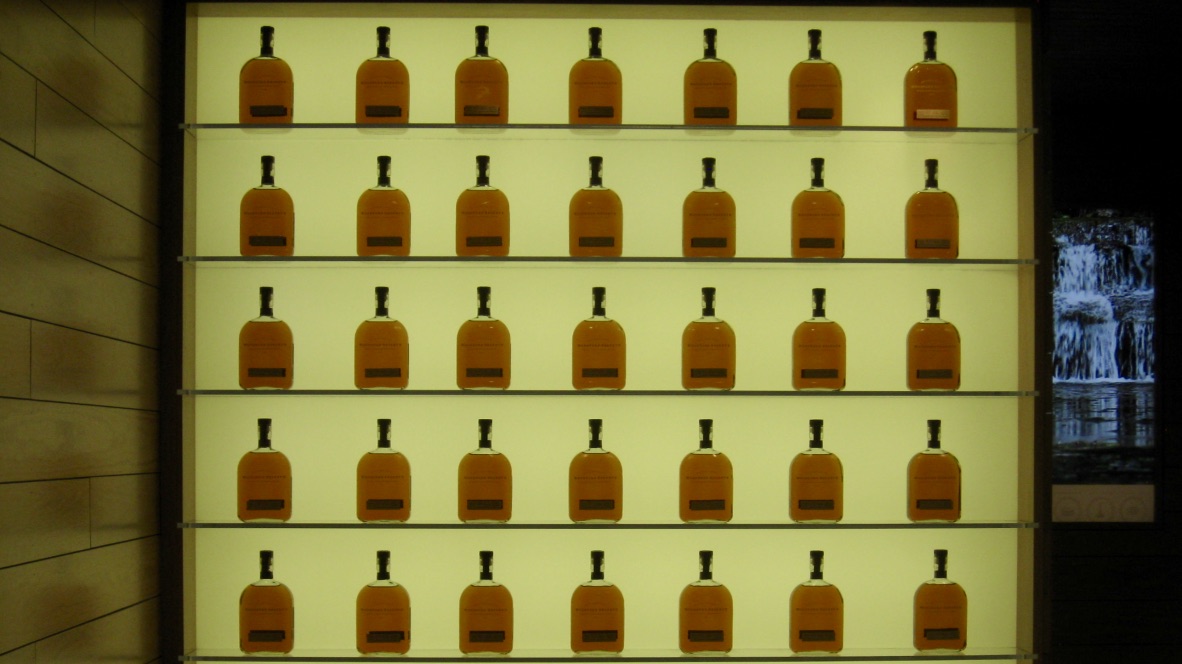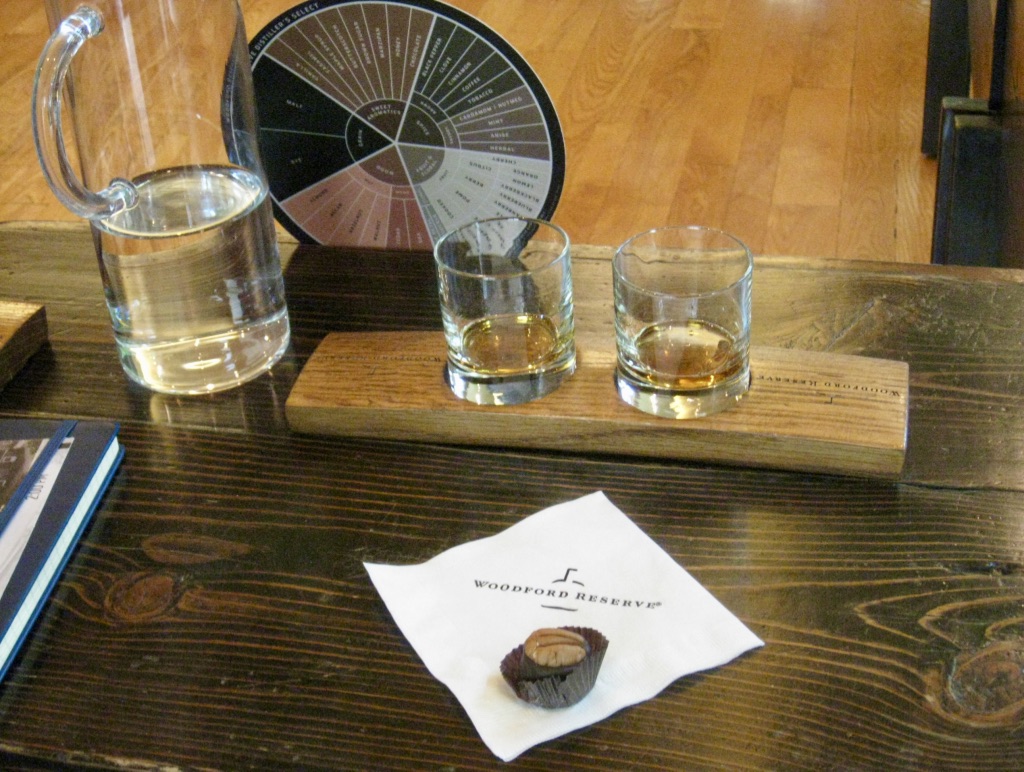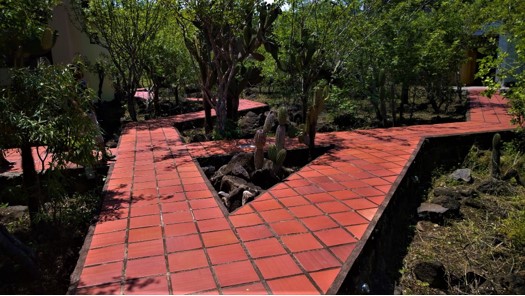Yesterday we were looking at the German Port Museum and how they may be falling in the trap of designing the building before producing a clear experiential interpretive design. Today we briefly look at the positive aspects of their approach to concept development and how this needs to inform building design.
The new German Port Museum has a vision of open and transparent premises, where they can show large, high and heavy exhibits, along with a viewing platform to “provide visitors with a view behind the porthole.” Proponents want to portray the “incredibly large dimension of the goods handling, the port as a place of work and the further processing of products.” This is clearly direction-setting.
They want to address the omission that the fundamental technical change in ports and port cities is rarely analyzed and represented in its current and historical complexity. There is a desire for the museum to depend on strong socio-historical and socio-political perspectives to enhance the traditional maritime museums’ seafaring focus usually on ships, nautical instruments, engines and machinery.
As a result, they hosted an International Congress of Maritime Museums conference with a very clear goal. They selected papers from current port-related and world trade research in cultural anthropology, social and economic history, and industrial archaeology as well as contributions on innovative approaches in collection policies, exhibitions and educational programs of maritime museums. Bravo ! When was the last time (even on a small scale), you cast the net inviting a group with diverse knowledge around a topic to help you focus your interpretive content?
This broadening of topics around globalization and world trade will be relevant to a wider range of visitor. We hope this “view behind the porthole” translates into an experiential spotlight on the web of people involved and impacted. Sharing their stories will be pivotal for engaging visitors. Mike will be sharing Part 2 of Dancing with Bourbon on Thursday and we are giving everyone a “long weekend” to savour that blogpost before we commence on Tuesday with the remainder of December’s gifts.

















